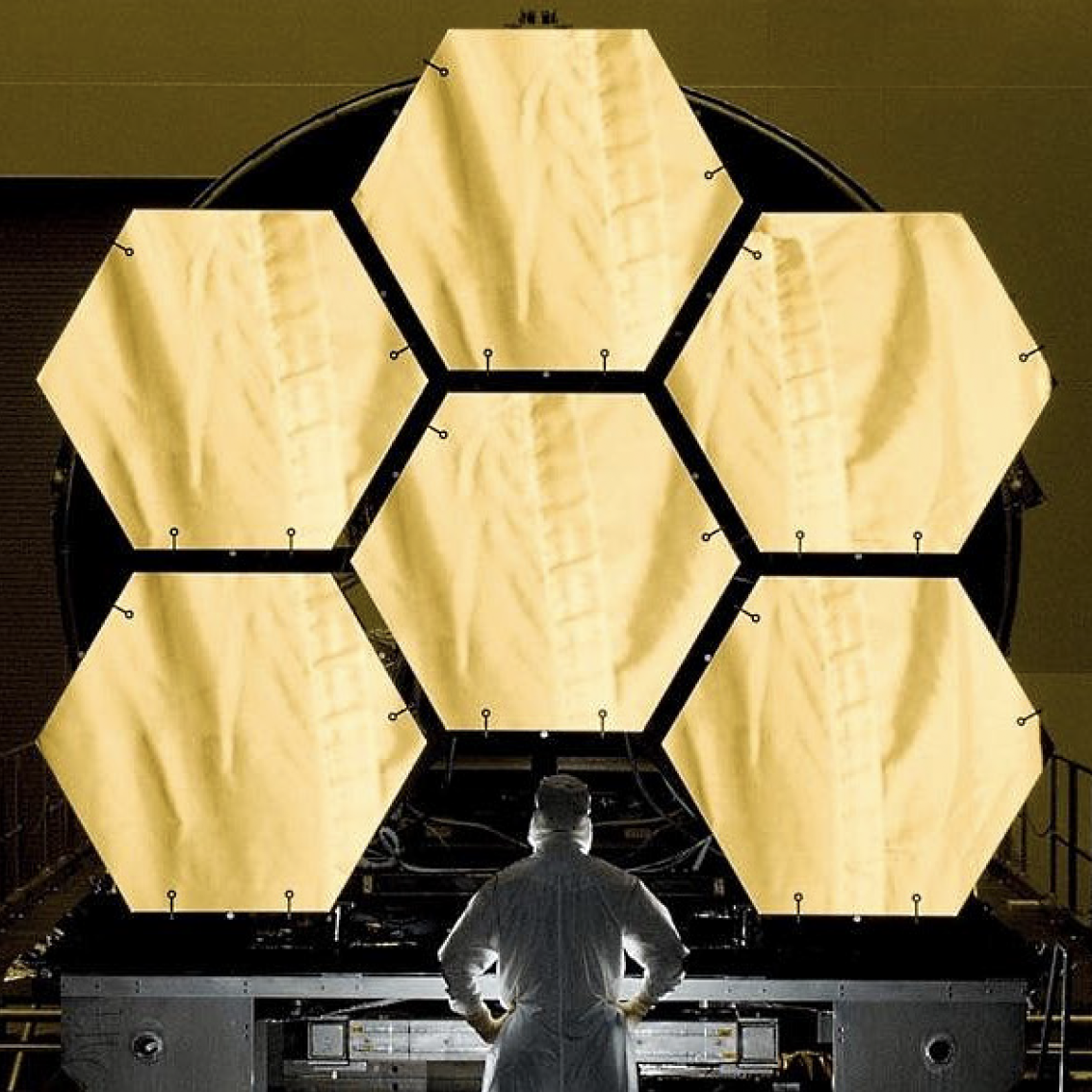Our materials design and modelling capabilities span the full range of length-scales from individual atoms through to the macro scale, including:
Microscopy
- ex-situ and in-situ electron microscopy and atom probe tomography
3D Printing Technologies
- World class advanced manufacturing facility
- Light weighting, Defence supply chains
Relaxor ferroelectrics
- Sonar and ultrasound
- Characterisation of structures and phase transformations
Composites
- Internationally-renowned composites research group
- Land systems, military aircraft, UAVs, naval vessels
Materials Characterisation; Degradation & Uncertainty Qualification
- Characterisation of brittle materials subjected to impact
- Durability reliability evaluation of degraded structures
- Epistemic uncertainty in corrosion model
We have Australia’s best microscopy facilities and expertise, including ex-situ and in-situ electron microscopy and atom probe tomography. Our composites research group is internationally renowned, including several highly cited researchers who are ranked in the top 1% in their fields. It includes high-quality fundamental research in materials science and technology and to promote collaboration with industry in the design, engineering, development and manufacturing technology of advanced materials. We proudly have an international reputation for high-quality research, equipped with exceptional facilities for material processing, characterisation, computer simulation, and mechanical testing. There are multiple ongoing research programs focussing on the characterization of brittle materials subjected to impact and blast loading, and durability reliability evaluation of degraded concrete structures due to environmental effects such as corrosion.
As an example project, our $3m AUSMURI project brought together Australian and US academics, constructing a team including around 25 postdocs, HDR students and honours students. The project aims to understand how 3D printing parameters affect the microstructure and consequently the mechanical properties of metallic materials. The enhanced understanding will provide guidance on how to appropriate select 3D printing parameters for metallic materials with superior mechanical properties.
